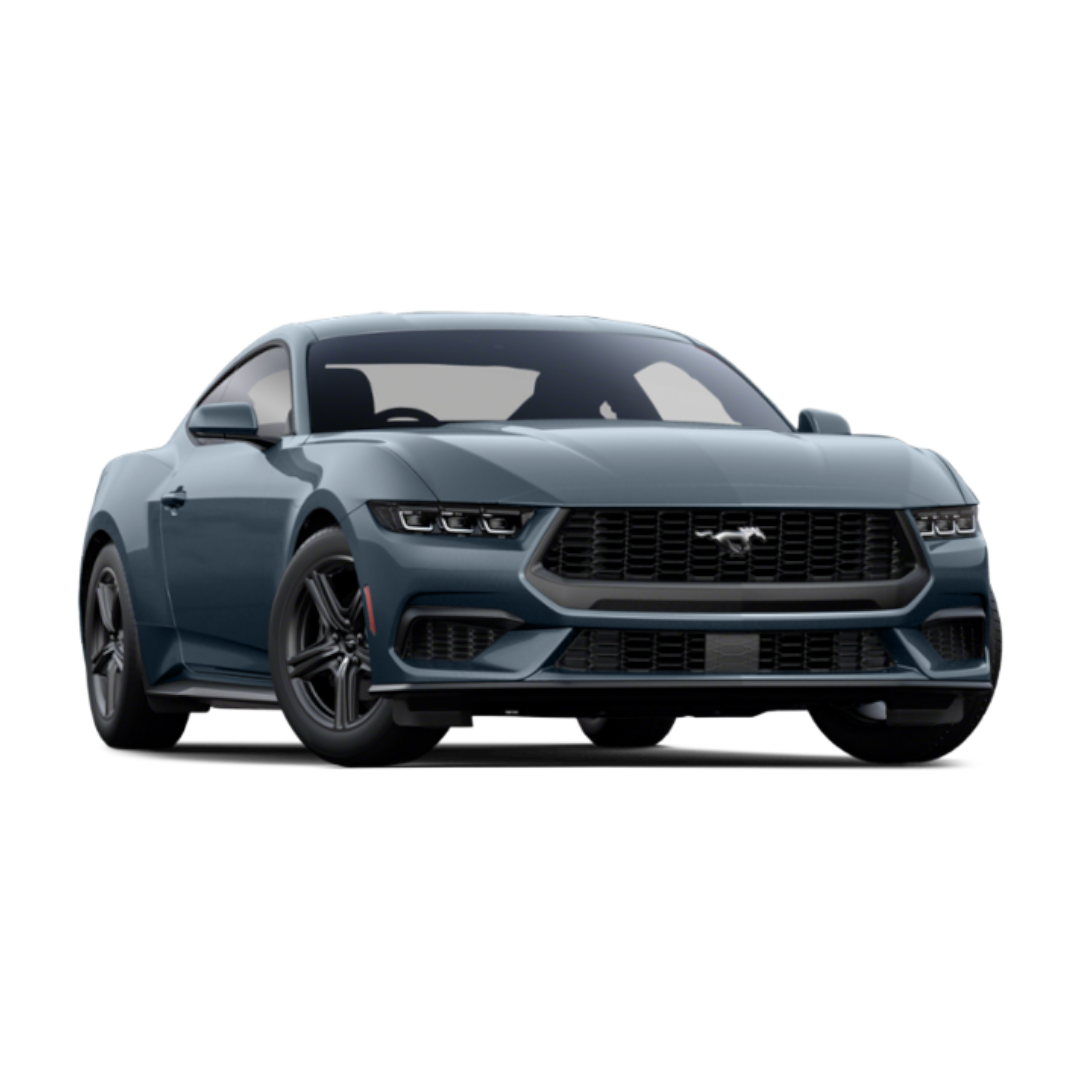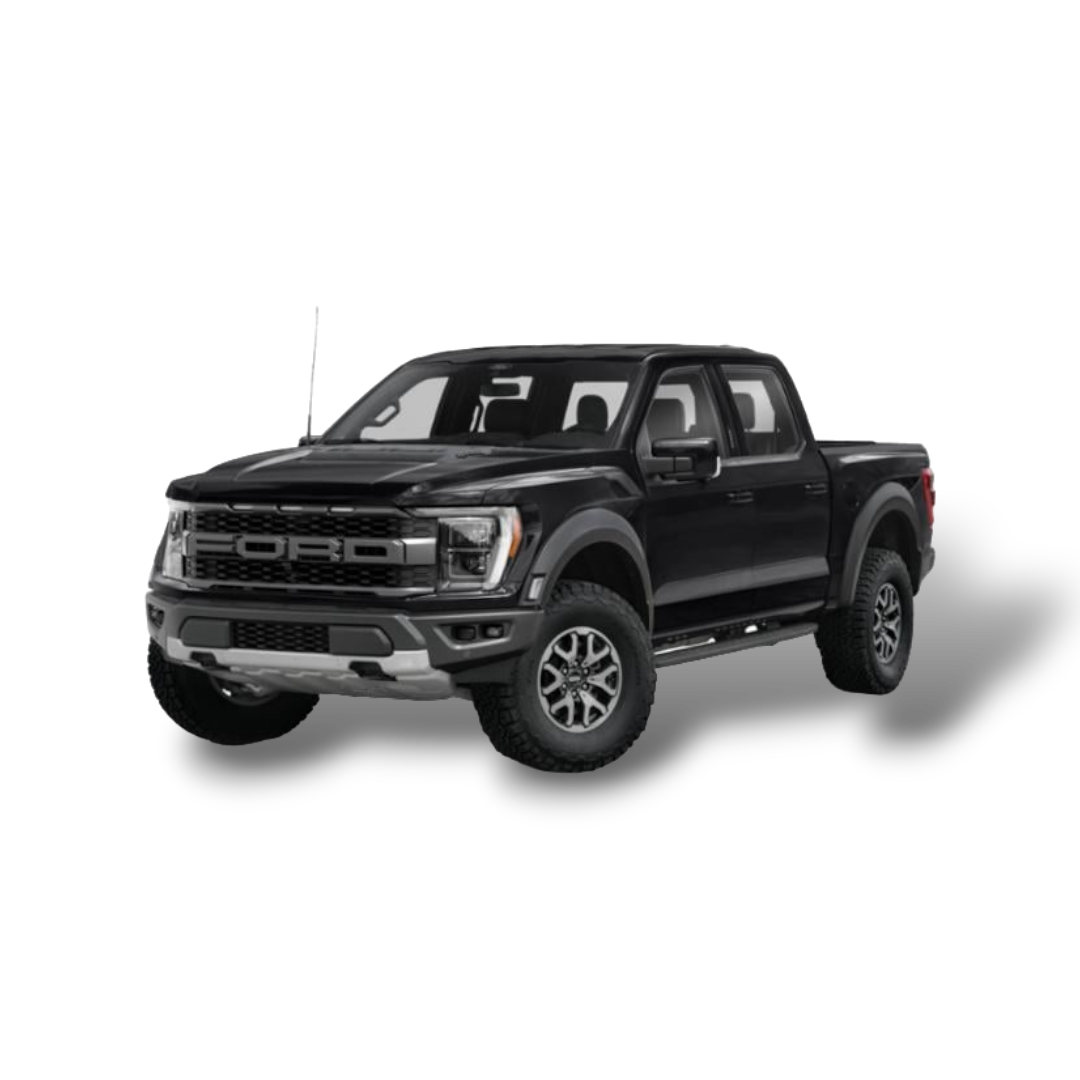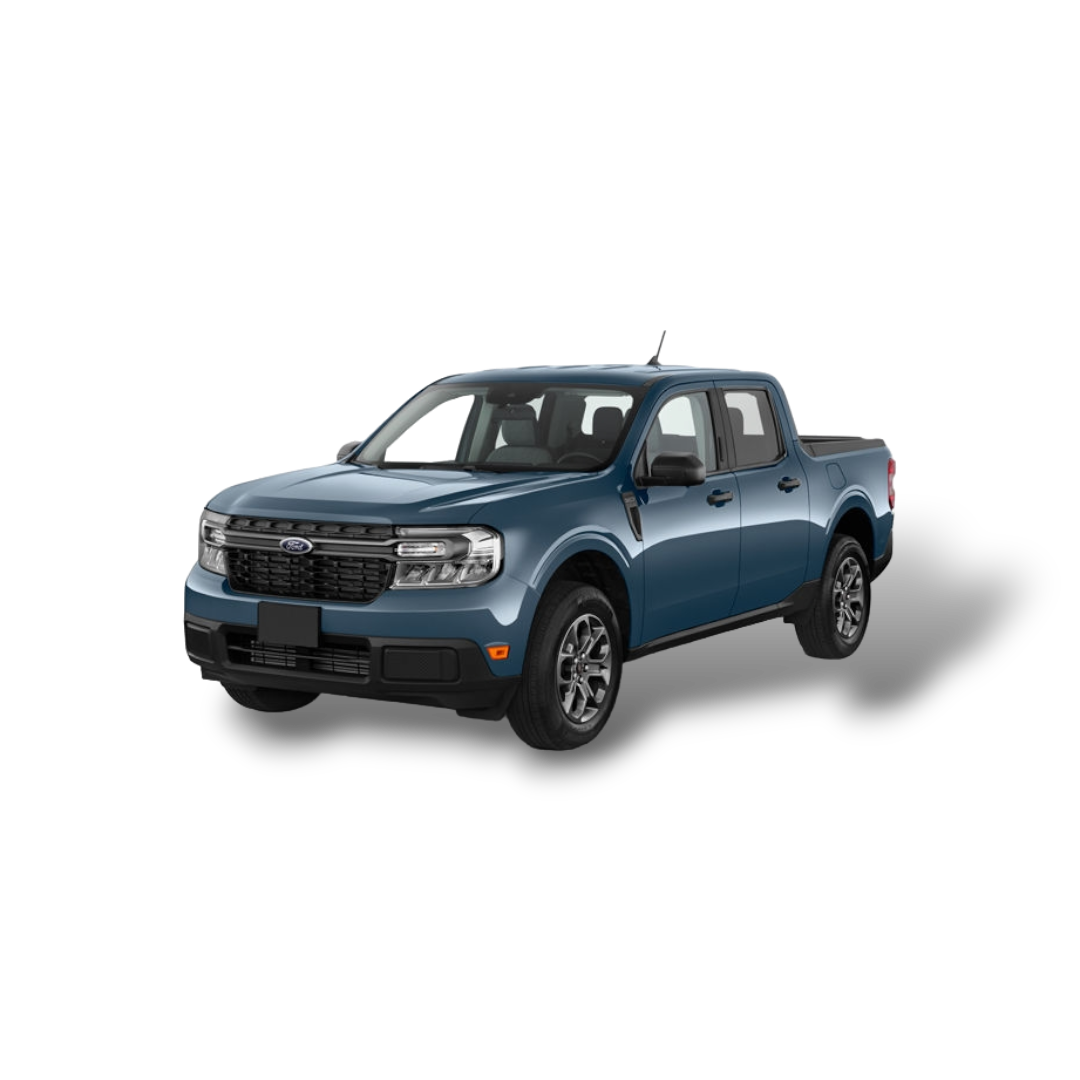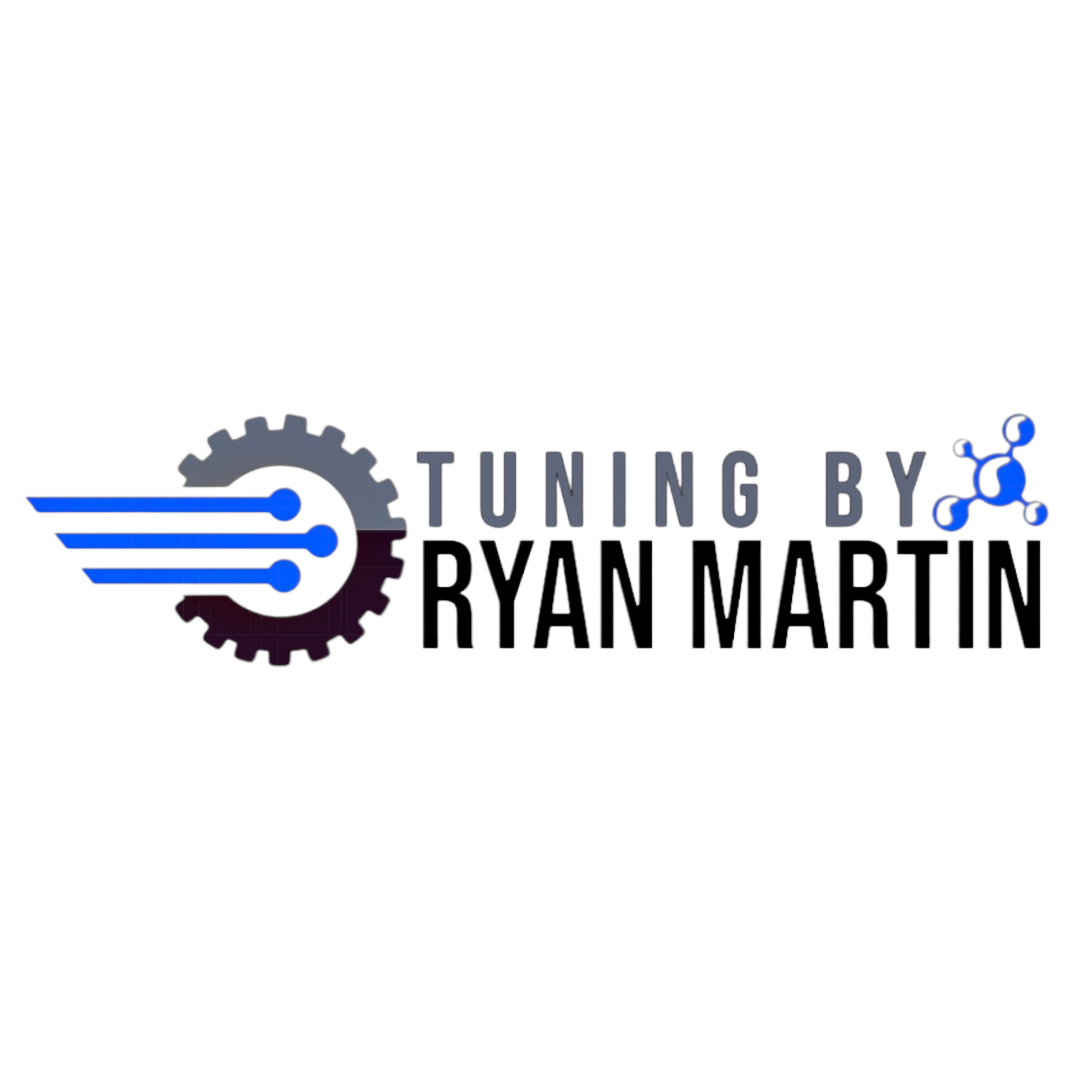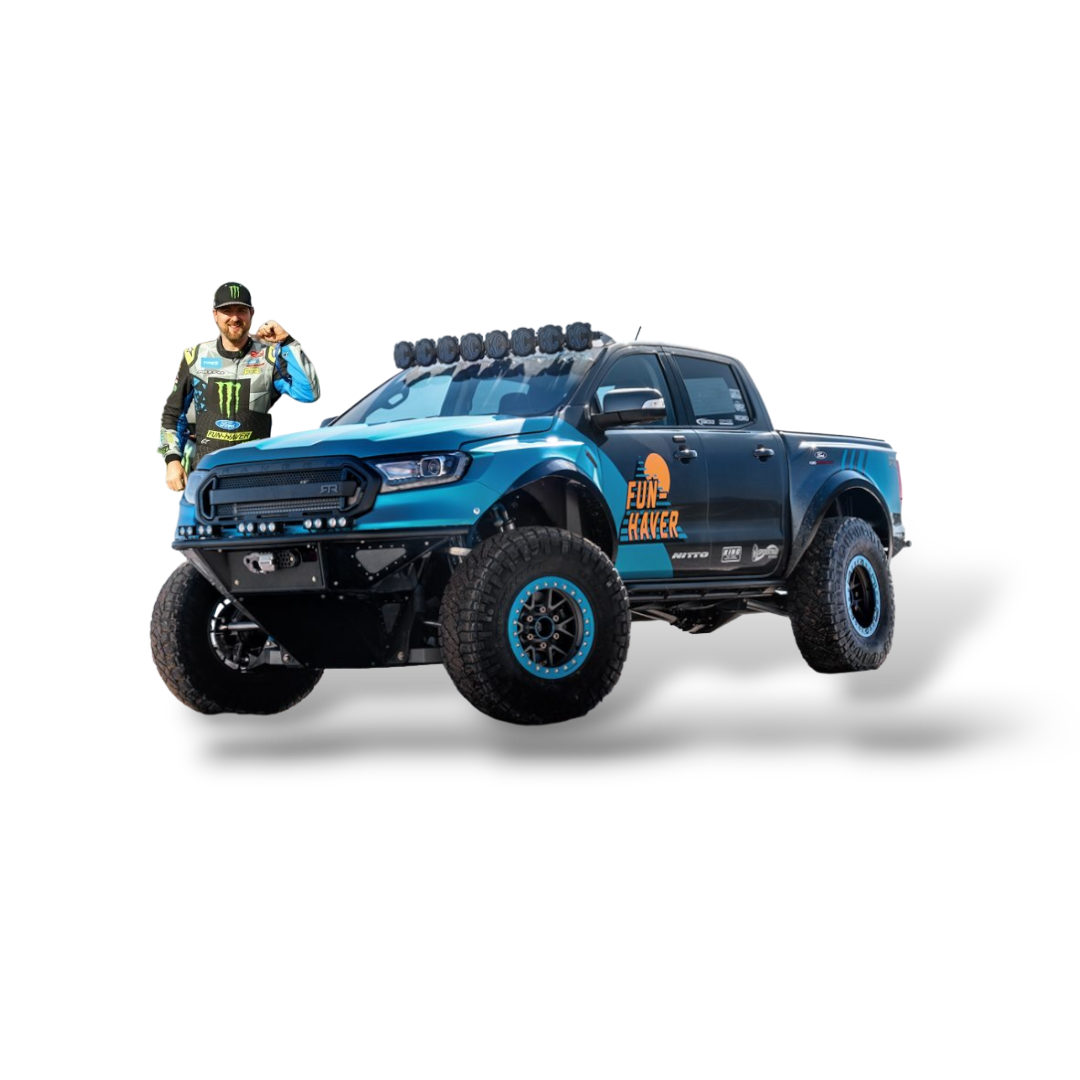FAQ
Selecting Parameters With Your Cobb AP
EMS Spec Ca625+ Tq Specifications
1.) Make sure the threads in the block are clean and free from debris
a. Blow head bolt holes out with compressed air, in some situations you may need to
use a flat bottoming tap to properly clean the holes
2.) Lightly coat the bottom of the stud with some of the provided ARP Ultra Lube or engine oil
3.) Install the stud into the block hand tight
a. Be sure to clean any excess lube or oil off of the deck surface once all studs are
installed
4.) Install a new cylinder head gasket
5.) Carefully slide the cylinder head on to the engine block
a. Be careful to no hit the bottom of the head on the studs during installation
6.) Install the washers with the chamfer side down
7.) Apply ARP Ultra Lube to the threads of the stud, the top of the washer (part that contacts
the nut), and the bottom of the nut
8.) Following the torque sequence below, torque the nuts to 35 ft-lbs and loosen them 3 times
in a row
9.) Finally, following the torque sequence below, torque the studs 35 ft-lbs, 55 ft-lbs, and then
80 ft-lbs.
For best results, we recommend letting the engine sit overnight and rechecking torque,
when possible.
https://engineeredmotorsportsolutions.com/faq/ems-recommended-tq-specifications/
Long Block Assembly
“The Shootout” 2024 Information
PLEASE STAY TUNED TO OUR SOCIAL MEDIA CHANNELS FOR MORE INFORMATION ON “THE SHOOTOUT” 2024 AS WE GET CLOSER TO THE EVENT.
Engineered Motorsoport Solutions | Facebook
Jessie Ringley (@engineeredmotorsportsolutions) | Instagram
How to install Aux Fuel Adapter and Rail



To finish the hardware install, you will need to disconnect the oem fuel line connection at the firewall where the fuel line comes from under the car to the high-pressure fuel pump. Note, on a Mustang you will need a 3/8 inch fuel line disconnect tool, and for a Focus you will need a 5/16 inch fuel line disconnect tool.
6) Using the disconnect tool, pop the line apart and install the fuel line T fitting back onto the line then reconnect the OEM fuel line to the top of the T fitting. Note, be sure to make sure all fittings on the T are tight, including the 1/8 npt fitting on the back of the T.
7) Next, connect the provided line to the T fitting and the fuel rail. Make sure all fittings are tight, pressurize system by turning the key on, and check and address and leaks.
8) Wire up the Split-Second Controller (SSC) using the correct wiring diagram found in the FAQ section of our website.
Note, the SSC does not come with a 0 map loaded on it. If you plug in the port injectors before getting a base file from your tuner, the injectors will be firing at idle which will make the car extremely rich and undriveable. Always load a base map into the SSC before plugging in the port injectors.
EMS EcoBoost Mustang 1.16 60’ Suspension Setup
Rear Main Seal Install on 2.0 & 2.3 Liter EcoBoost Engines
EcoBoost Mustang grinding process for BNR 525 & 600 Turbos
Difference between TS, ST, and 2.3 blocks
The TS, ST, and 2.3 blocks all share the same bore (87.5 mm) and deck height (231 mm). Because of this, we can change cranks and rods to to obtain either a 2.0 L or 2.3 L displacement without any boring of the block. But there are many things to consider when choosing the correct block for your setup and we will outline some of these below.
The blocks themselves vary slightly in the following ways:
- The ST block, shown in Figure 1, is a closed deck block and has a cast in water pump housing. It has all the mounting holes for FWD engine mounts, but is missing 2 holes on the passenger side for RWD engine mounts. Because of this, the ST block requires a custom engine mount for use in RWD applications. The casting method for the ST block is visually different from that used on the 2.3 block and the ST block has a considerably more external bracing on the exterior of the block near the bottom of the head bolt bosses. These blocks seem to be capable of supporting 600-700 whp with the proper tuning and mods, and requires the use of the ST gasket and head unless oil ports are blocked off.
Figure 1: Above is a picture of the ST cylinder-block. It is easily identified by the closed deck design and its cylinder-indpenedent coolant jackets.
- The TS block is semi-closed deck, as shown in Figure 2, and also has a cast in water pump housing. It has all the mounting holes for FWD engine mounts, but is missing 1 bolt hole on the passenger side for RWD engine mounts. This allows the use of this block in RWD applications using the OEM engine mounts. The casting method for TS block is similar to the ST block, but doesn’t have as much external bracing on the exterior of the block on the exhasust side. These blocks seem to be able to handle 700 hp with proper tuning and mods, and it is recommended to use the RS gasket with the twin scroll head on these blocks.
Figure 2: The TS cylinder-block is shown above. The TS block is identified by its semi-closed deck and the shared coolant jackets between cylinders.
- The 2.3 block, displayed in Figure 3, is an open deck block and has a bolt-on water pump housing. This distinguishes the 2.3 block from the others and can lead to confusion when swapping to the ST or TS blocks. Many think the ST or TS requires a different water pump, but that is not the case. The 2.3 water pump fits the ST and TS perfectly, but must be removed from the bolt on housing by removing three M6 fasteners (Figure 4). The 2.3 block also has all mouting holes for FWD and RWD engine mounts. The 2.3 block lacks support under the head bolt bosses and is prone to cracking the block at 450-550 whp, however, more hp has been achieved on this block on rare occasions. It is also recommended to use the RS gasket with the twin scroll head on these blocks.
Figure 3: The 2.3 block, as comes in the Mustang and RS, is shown in the picture above. The 2.3 is readily identified by is opened deck design that shares a large coolant reservoir around all cylinders.
Figure 4: The water pump (highlighted in blue) should be removed from the bolt-on water pump housing of the 2.3 and transferred to the ST or TS blocks as-cast water pump housing.
- We always get asked “which blocks will crack” and the short answer is all of them, but the TS and ST blocks are much more resilient than the 2.3 block. With big power comes big risks, and it only takes a few tenths of a second with no octane, lean, etc for any of these blocks to crack, but the difference is with the 2.3 a crack can occur at any time past 500 hp, whereas, the ST and TS blocks won’t crack unless there is an “event” (e.g., not bleeding a meth line, moon boost and running lean, pump gas on e85 tune, aux kit turns off, etc).
Aux Fuel Wiring Diagrams
2018 Focus ST
The 4 yellow wires with black stripes will tap into the coil pack outputs at pins 42,43, 57, and 72 on the c1381E plug (if you are unsure which one that is, check a couple pins and confirm the wires match the colors noted below). It doesn’t not matter which of the yellow wires go to which output, only that they each go to their own output.
The green wire will tap into pin 33 on the c1381E plug.
The red wire will need 12 V+ and the black wire will need to be grounded. There are many ways to do this, including using a make-a-circuit to tap into the fuse box.
2013 Focus ST
The 4 yellow wires with black stripes will tap into the coil pack outputs at pins 69,70, 93, and 94 on the c1381E plug (if you are unsure which one that is, check a couple pins and confirm the wires match the colors noted below). It doesn’t not matter which of the yellow wires go to which output, only that they each go to their own output.
The green wire will tap into pin 83 on the c1381E plug.
The red wire will need 12 V+ and the black wire will need to be grounded. There are many ways to do this, including using a make-a-circuit to tap into the fuse box.
Focus RS
The 4 yellow wires with black stripes will tap into the coil pack outputs at pins 42,43, 57, and 72 on the c1926E plug (if you are unsure which one that is, check a couple pins and confirm the wires match the colors noted below). It doesn’t not matter which of the yellow wires go to which output, only that they each go to their own output.
The green wire will tap into pin 33 on the c1926E plug.
The red wire will need 12 V+ and the black wire will need to be grounded. There are many ways to do this, including using a make-a-circuit to tap into the fuse box.
2021 HPP Mustang
The 4 yellow wires with black stripes will tap into the coil pack outputs at pins 45,58, 59, and 60 on the c1551E plug (if you are unsure which one that is, check a couple pins and confirm the wires match the colors noted below). It doesn’t not matter which of the yellow wires go to which output, only that they each go to their own output.
The green wire will tap into pin 53 on the c1551E plug.
The red wire will need 12 V+ and the black wire will need to be grounded. There are many ways to do this, including using a make-a-circuit to tap into the fuse box.

2018 Mustang
The 4 yellow wires with black stripes will tap into the coil pack outputs at pins 45,58, 59, and 60 on the c1551E plug (if you are unsure which one that is, check a couple pins and confirm the wires match the colors noted below). It doesn’t not matter which of the yellow wires go to which output, only that they each go to their own output.
The green wire will tap into pin 53 on the c1551E plug.
The red wire will need 12 V+ and the black wire will need to be grounded. There are many ways to do this, including using a make-a-circuit to tap into the fuse box.

2015-2017 Mustang
The 4 yellow wires with black stripes will tap into the coil pack outputs at pins 42,43, 57, and 72 on the c1551E plug (the top most plug on the ECU). It doesn’t not matter which of the yellow wires go to which output, only that they each go to their own output.
The red wire will need 12 V+ and the black wire will need to be grounded. There are many ways to do this, including using a make-a-circuit to tap into the fuse box.


